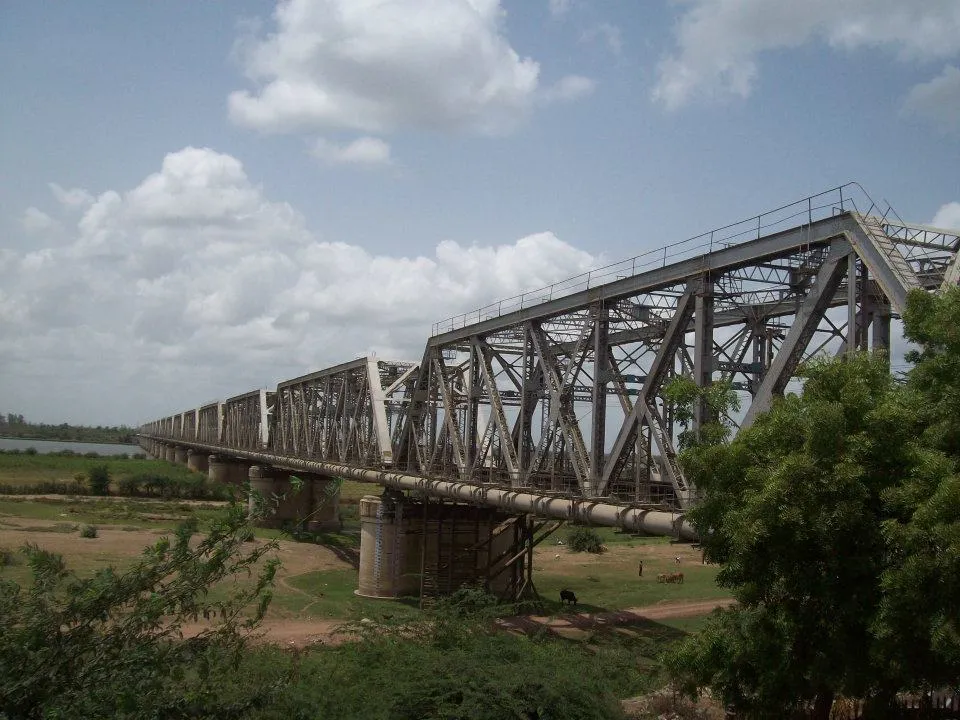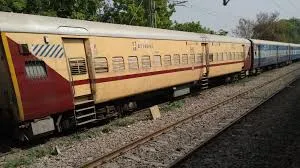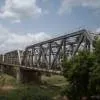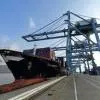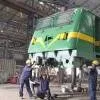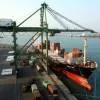India has been rapidly changing
for the past decade. The pace for
infrastructure construction has
picked up substantially and
many foreign firms have entered the
country. All this has necessitated
substantially increased pace of work,
higher quality standards, and health,
safety and environment standards
matching international norms.
On the other hand, the
availability of competent engineers
and skilled manpower has decreased
owing to easy access to more
comfortable jobs for engineers and
a tendency to run away from the
hard conditions of project
execution. With these challenges
and the fact that projects can be
bagged only at competitive prices,
there is a dire need for out-of-thebox,
non-conventional solutions.
And many of these must be based
on the premise that there will be a
huge shortage of skilled manpower
considering the increasing scales
of work.In fact, productivity or the total
economic output per worker has
remained flat in the construction
industry. In comparison,
productivity has grown 1,500 per
cent in retail, manufacturing and
agriculture since 1945. One of the
reasons for this is that construction
is one of the most under-digitised
industries in the world and slow to
adopt new technologies. As the
saying goes, ‘If you’re not growing
and adapting, you’re dead.’
Companies that stagnate tend to be
left behind by a fast-moving,
forward-thinking commercial
environment.
The so-called ‘brick-and-mortar’
industry is entering the digital age
and the time is right to set up a realdigital strategy in construction for
continuous success in the years to
come. The following construction
technologies are currently available.
AI and IoT
In simple terms, artificial
intelligence or AI is a
computational software that learns
from data gathered from sensors,
humans and experiences, and can
perform tasks that normally require
different forms of natural
intelligence. The use of AI in
construction is gaining market
traction and attention, from
geotechnical engineering for soil
analysis to throwaway sensors and
algorithms that can more accurately
predict concrete curing times. A few
early-stage examples for firms to
take advantage of AI range from
lowering project costs and driving
efficiency, ensuring on-schedule
production and delivery and remote
performance monitoring to
improving safety and compliance.
Internet of Things (IOT) sensors
for remote monitoring of
construction equipment coupled
with the ability to perform analytics
of status and location can be
employed to reduce costs and limit
the idle time of machines. At NCC,
we are using IOT-based sensors in
our Samrudhi Expressway project to
monitor the huge fleet of
construction equipment being
deployed to execute the Rs
2,800-crore 74-km greenfield project An AI technique like
reinforcement learning, which
allows algorithms to learn based on
trial and error, has the potential to
improve project planning and
scheduling through enabling the
assessment of endless combinationsand alternatives based on similar
projects, optimising the best path
and self-correcting over time.
VR and AR
Virtual reality (VR) refers to the
creation of an entirely simulated
environment and has a relatively
long history in construction,
particularly to view how any project
will look once completed.
Augmented reality (AR) involves
superimposing computer-oriented
images and information on realworld
images.Construction managers would be
able to use AR to do a walkthrough
of a site while viewing overlay
building information modelling
(BIM) on top of the physical view to
assess and compare changes and
review project documentation. They
could then instantly take pictures or
video record the AR walkthrough
and send it back to the design team
for clarification if an issue arises. VR
and AR can allow the construction
team to detect errors ahead of time
and avoid costly mistakes. With AR,an architect would be able to hold a
smart phone or tablet with the
camera facing the site and view a
scaled-up model of the design. These
real-time visualisations allow
stakeholders more insight into the
finer details and progress of
construction projects than would
otherwise be accessible via 2D
drawings and plans.
Further, job safety can be
vastly improved through the
use of AR and VR tech within
construction. AR and VR can be
used to increase the awareness of job
site conditions without physically
subjecting managers or workers toBIM
BIM is an intelligent 3D modelbased
process that gives architecture,
engineering and construction (AEC)
professionals the insight and tools to
more efficiently plan, design,
construct and manage buildings
and infrastructure. We are using
3D BIM in our EPC projects,
like AIIMS, Bathinda, which is a
750-bed hospital.
We are also in discussions with
Trimble for the Trimble
Constructible BIM solution for our
Metro Bhavan project in Mumbai.
This 150-m high-rise building has acommand control room from where
all metro operations will be
controlled and monitored. The BIM
solution includes modelling, clash
detection, construction
documentation, quantity estimation,
construction planning, team
collaboration and progress
monitoring. The features and
benefits are as follows:Higher level of detail (LOD)
constructible 3D BIM model
helps execute projects, extract
quantities, establish bar-bending
schedules, prepare shop
drawings, etcConcrete pour planning, project
scheduling and project
visualisationIntegrated solution to complete
tasks from design and detailing
to estimation and project
planningCloud-based service connectivity
between design office and site
officeEliminates reworkControls material wastageHelps better decision-making
with 3D model visualisation of
actual work.Getting future-ready at NCCAt NCC, we are focusing on
implementing the followingtechnologies:Transform the
existing ERP to a
next-generation ERPEstablish IOT based
equipment
productivity
monitoring across all
machines to know
the real-time
visibility of
utilisation, integrate
with all types of
OEMs and get
advanced analytics
for preventive
maintenanceDigitisation in material
management for simplified
ordering, tracking of inventories
and deliveries and analytics to
identify leakages5D BIM platform to drive
significant efficiencies across the
project lifecycle, from design and
planning to project management
and cost-trackingIn project management, digital
lean planning for planning and
progress, mobile-based
procedures for processes and
workflow, RFID technology for
material management, IoT for
manpower and equipment,
drone 3D scanning for quantity
surveying, AR in quality
management and smart PPE for
health and safetyProductivity and profitability are
undoubtedly interconnected. For the
construction industry, achieving
improved productivity for better
profitability has always been a
challenge. The only way to overcome
it is through amalgamation of
technologies in workflows.ABOUT THE AUTHOR:
PNVS Murthy, Vice-President –
Technical, NCC Ltd, has been working
for the company for the past 26 years.
He is project coordinator for the
Lucknow and Mumbai regions
safety hazards.

